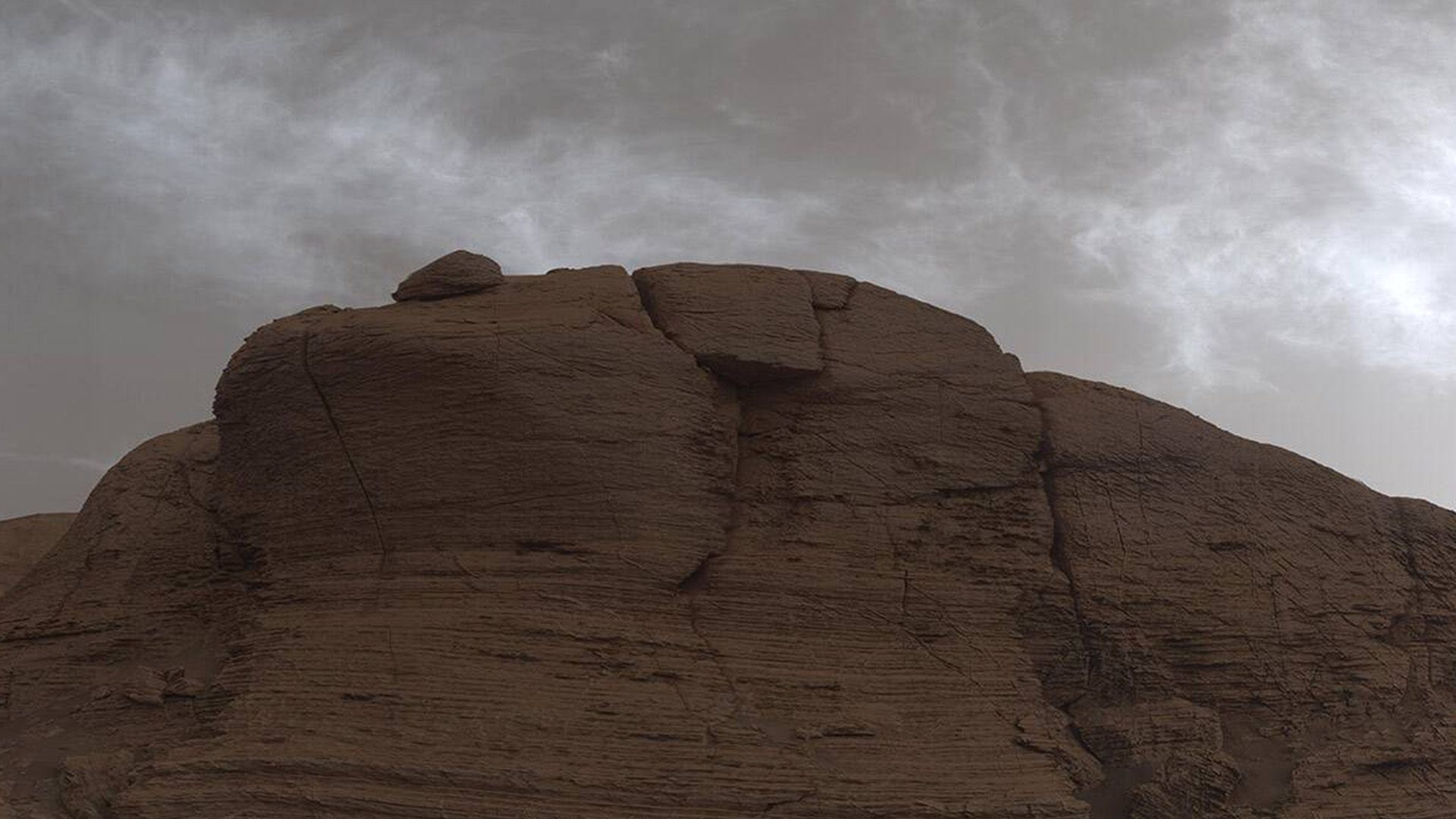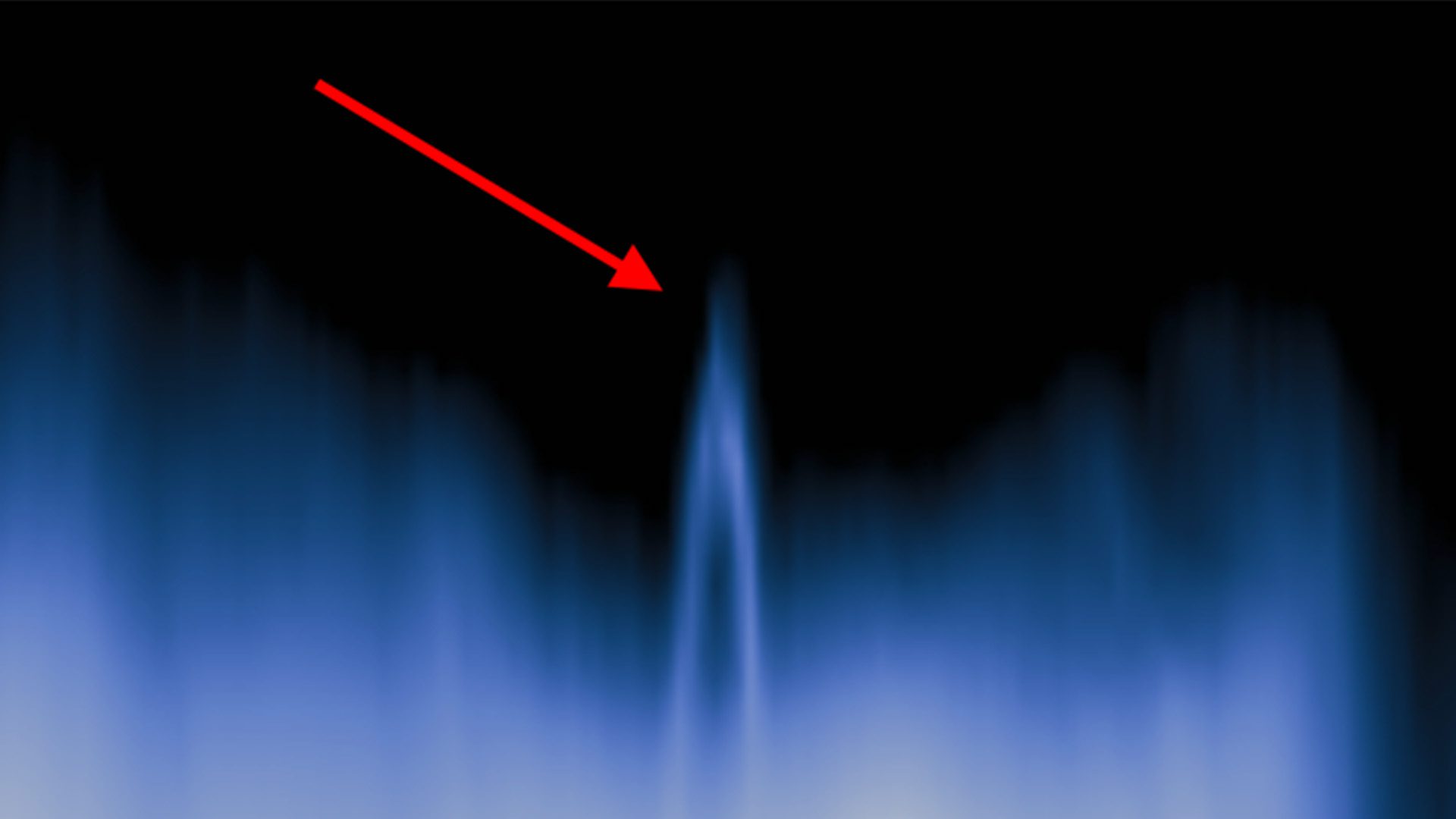NASA scientists are trying to solve a mystery about Mars’ atmosphere, and they want your help. In the Cloudspotting on Mars project, the scientists allow the public to identify Martian clouds on the citizen science platform Zooniverse.
The Mars Mystery
The Mars Climate Sounder (MCS) on NASA’s Mars Reconnaissance Orbiter observes the atmosphere in the infrared to determine the temperature and ice and dust content. MCS has a unique perspective on Mars’ clouds because it has continually observed Mars for over 15 years and because it looks in the infrared, enabling clouds to be picked out at night.
Measurements from the past 15 years indicate that there are water-ice clouds and carbon-dioxide clouds at very high altitudes. This poses the question as to why the red planet’s atmosphere is just one percent as dense as Earth’s even though there is evidence suggesting the planet used to be covered by lakes and rivers billions of years ago, meaning that the atmosphere used to be thicker.

Scientists have numerous theories about how the red planet lost its atmosphere over time, and this cloud research will help scientists understand the structure of Mars’ middle atmosphere. As Marel Slipski, a postdoctoral researcher at NASA’s Jet Propulsion Laboratory, said in a press statement, “We want to learn what triggers the formation of clouds – especially water ice clouds, which could teach us how high water vapor gets in the atmosphere – and during which seasons.”
Cloudspotting on Mars Project
In the measurements taken by MCS, clouds appear as arches. Because there are so many clouds, a single individual cannot find them on their own. That’s where the public comes in—the team is asking for the public’s help to mark the arches so they can more efficiently study where clouds occur in the atmosphere.

On the platform, users see an image of four hours’ worth of MCS observations, presented on a dataset. The vertical axis represents altitude, and the horizontal axis represents time. The goal is to search for and mark high-altitude clouds that appear as arches with two distinct legs and a peak.







